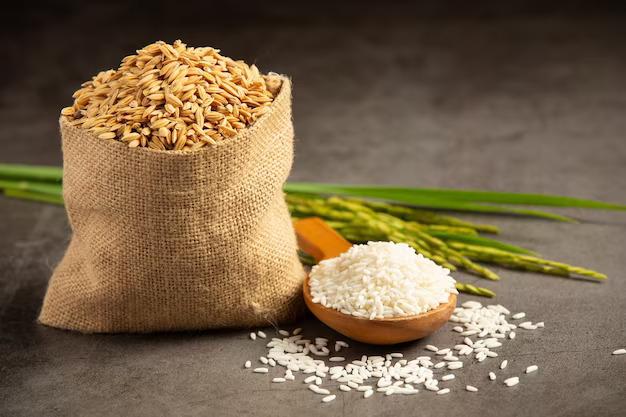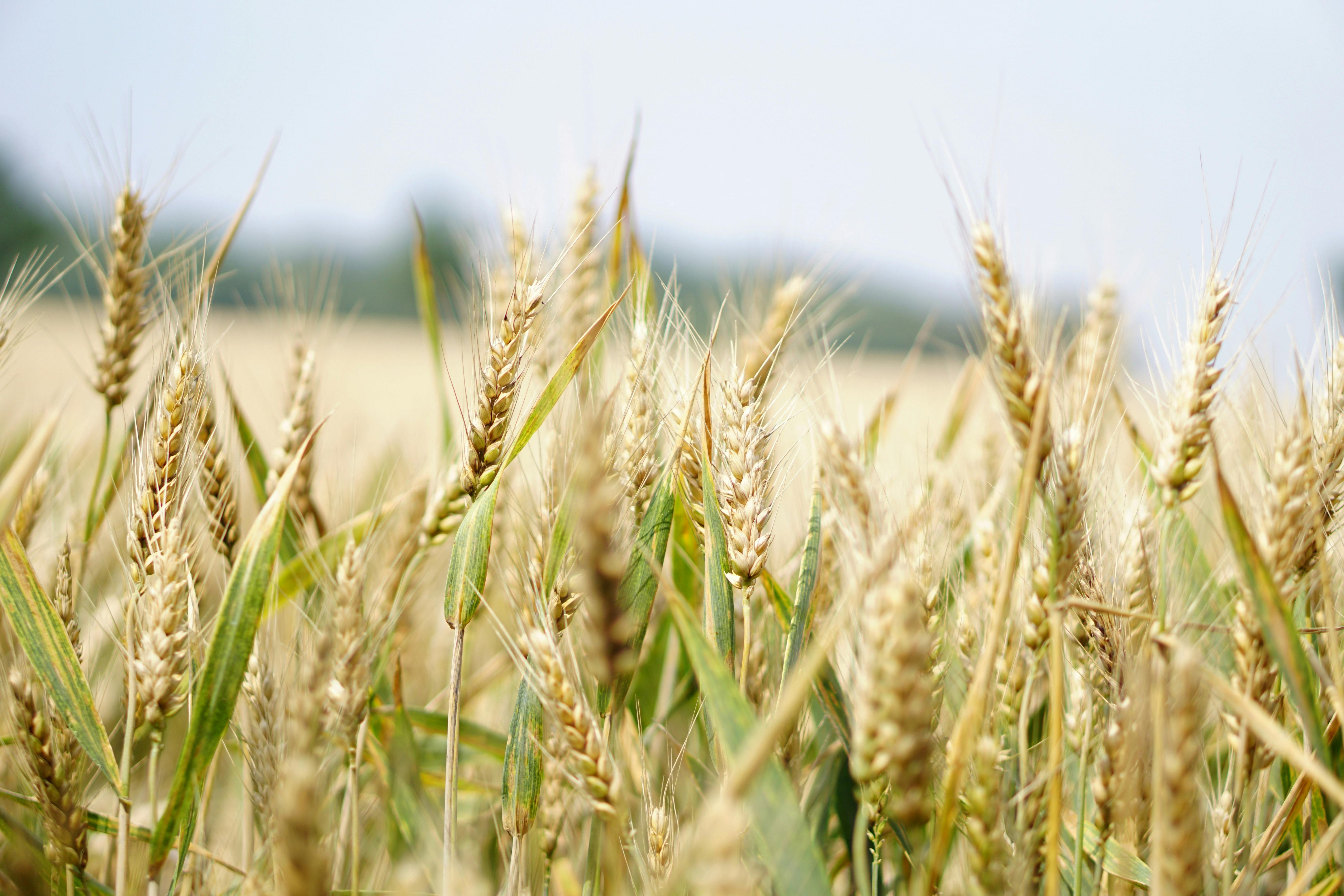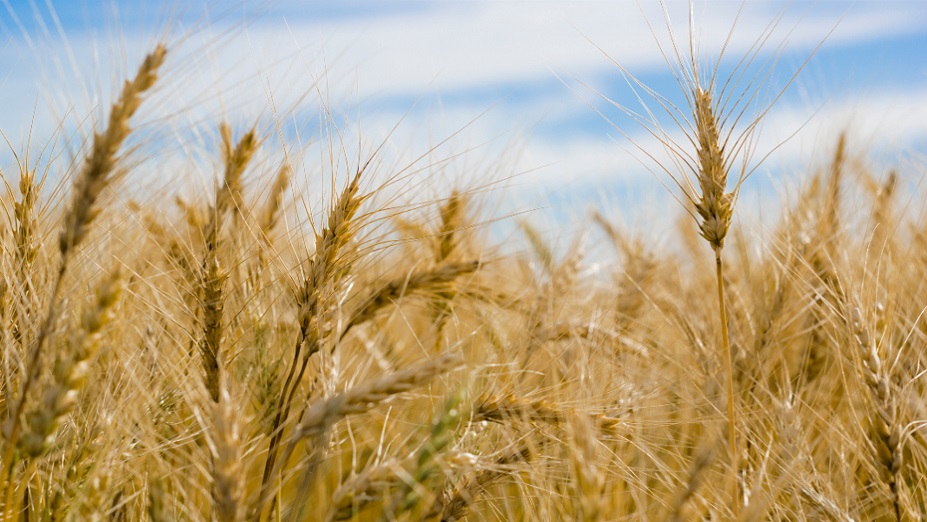Nutrient Management for Rice Crops: Balancing Fertilization for Maximum Yield
28/02/2024
Rice is a staple food for over half of the world’s population, making its cultivation crucial for global food security. Achieving maximum yield in rice crops requires careful nutrient management to ensure the plants receive the essential elements for proper growth.
The Basics of Nutrient Requirements
Rice plants have specific nutrient requirements at different growth stages. Understanding these requirements is fundamental to achieving maximum yield. The primary nutrients needed by rice crops include nitrogen (N), phosphorus (P), and potassium (K). Additionally, micronutrients such as iron, zinc, manganese, and copper play crucial roles in the plant’s overall health and productivity.
Balancing Nitrogen: Nitrogen is a key player in rice
cultivation, significantly impacting yield and grain quality. However, an
excess of nitrogen can lead to lodging, increased susceptibility to diseases,
and environmental issues such as water pollution. To balance nitrogen
application, consider split applications during different growth stages.
Early-season nitrogen helps establish strong seedlings, while mid-season
applications support vegetative growth. Late-season nitrogen promotes grain
filling without encouraging excessive vegetative growth.
Phosphorous for Root Development: Phosphorus is vital for
root development, energy transfer, and flowering in rice plants. Adequate
phosphorous levels ensure robust root systems, improving nutrient uptake
efficiency. Applying phosphorous at the early stages of growth promotes strong
root development, setting the foundation for the plant’s overall health and
productivity.
Potassium for Stress Tolerance: Potassium is crucial for
rice crops, enhancing stress tolerance, disease resistance and grain quality.
Potassium-deficient plants are more susceptible to lodging, diseases and
environmental stresses. To optimize potassium application, focus on providing a
steady supply throughout the growing season. Adequate potassium levels
contribute to stronger stalks, preventing lodging and ensuring the plant’s
ability to support heavy grain loads.
Micronutrients: While required in smaller quantities, micronutrients are equally important for rice crops. Iron, Zinc, Manganese, and copper play essential roles in various physiological processes, such as chlorophyll formation, enzyme activation, and disease resistance. Conduct soil tests to identify micronutrient deficiencies and supplement as needed through foliar sprays or soil amendments.
Precision Farming and Technology: Implementing precision farming technologies can enhance nutrient management efficiency. Soil testing, remote sensing, and data analytics help farmers monitor nutrient levels, identify deficiencies, and adjust fertilizer applications accordingly. This approach not only maximizes yields but also minimizes environmental impact.
Balancing fertilization for maximum rice crop yield requires
a proper understanding of the plant’s nutrient requirements throughout its
growth stages. By adopting precision farming practices, farmers can optimize nutrient
management, ensuring healthier crops, higher yields, and sustainable
agricultural practices. As we strive to feed a growing global population,
responsible nutrient management remains a cornerstone of successful rice
cultivation.
Categories
Related Blogs
Ultimate Guide to Wheat Production in India
18/03/2024
Top 5 Most Profitable Crops in India
09/10/2023









